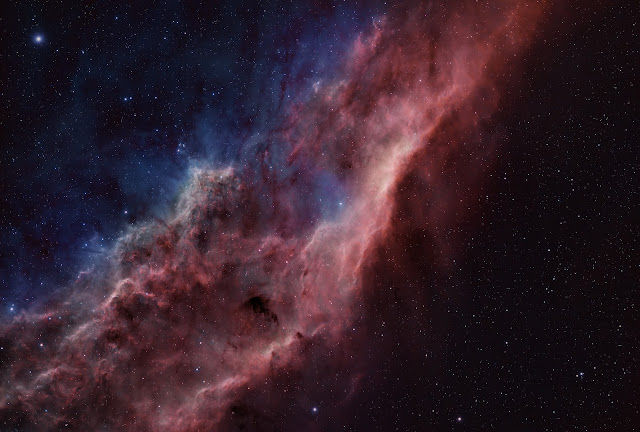OK a dodgy title when you are not even a year old, but I have been bitten, and bitten bad by a bug. I have been more than happy too as I have worked this way for 30 plus years of imaging with various formats of equipment from film cameras, DSLR's, CCD & CMOS cameras.
What the hell is he on about I hear you say?? Ok so I have been looking to upgrade and venture into the world of the Mono chip sensor for a long while. I have been looking at thousands of amazing images and watched 100's of You tube videos on the benefits and the improvements in sensitivity and quality etc . I have long known these facts but like many imagers out there have chosen the colour route for many reasons and I too fit into probably all of those categories and reasons why and even made that decision last year again when I purchased the ZWO ASI 294MC pro cooled CMOS colour camera. I was and I am still bowled over at the quality of the sensor and the images it produces. Most of which are showcased in my posts here. But yesterday I couriered it to it's new home in London. It may have even passed by the new one along the A14 near Cambridge as it headed south.
Along this journey of discovery I had pretty much decided that I would go for the ZWO ASI 1600mm. An older model but a trusted favourite by many astronomers. The perfect entry for me I thought. I am big fan of ZWO since my first high frame rate camera for lunar imaging quite a few years ago now and a perfect match to my ASI AIR pro mini computer.
This morning though a new toy arrived at my door. A complete u-turn from what I thought I was going to order.
So today I say hello to the ZWO ASI 2600 MM Pro. Unfortunately I will wait for a filter wheel and filters so for a while, I think I will enjoy the incredible specification of 16 bit ADC, 14 stops of dynamic range, zero amp glow and a whopping 26MP sensor. It is impossible to ignore specs like these and purchase what effectively be an out of date camera like the 1600,
Time is currently 20.32 and so far clear outside so maybe first light will be tonight fingers crossed.
First light will be the first target I shot with the 294mc pro last year so IC1396 the Elephants trunk nebula it will be,
Below is that first light image from the 294 and desaturated to mono. Watch this space
I will desaturate the image too not that it will be a fair comparison against the mono camera.














